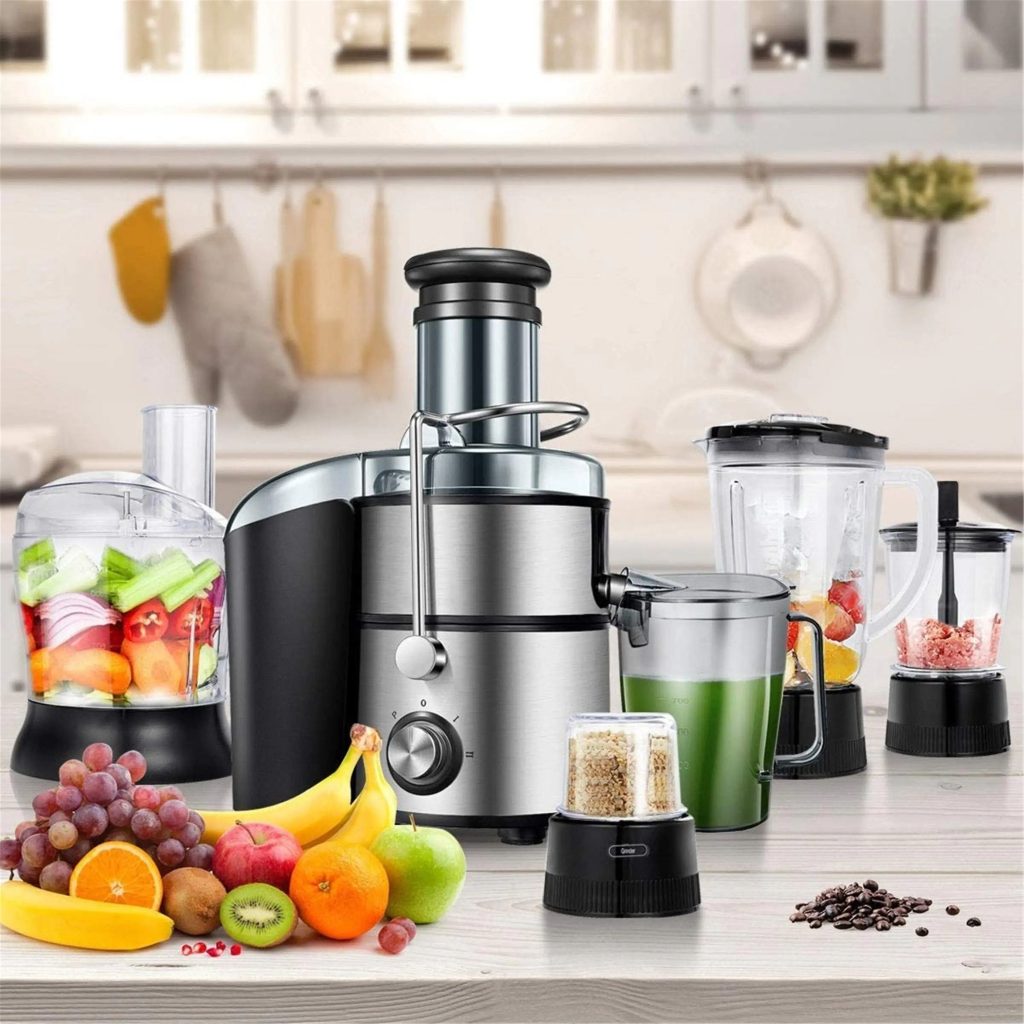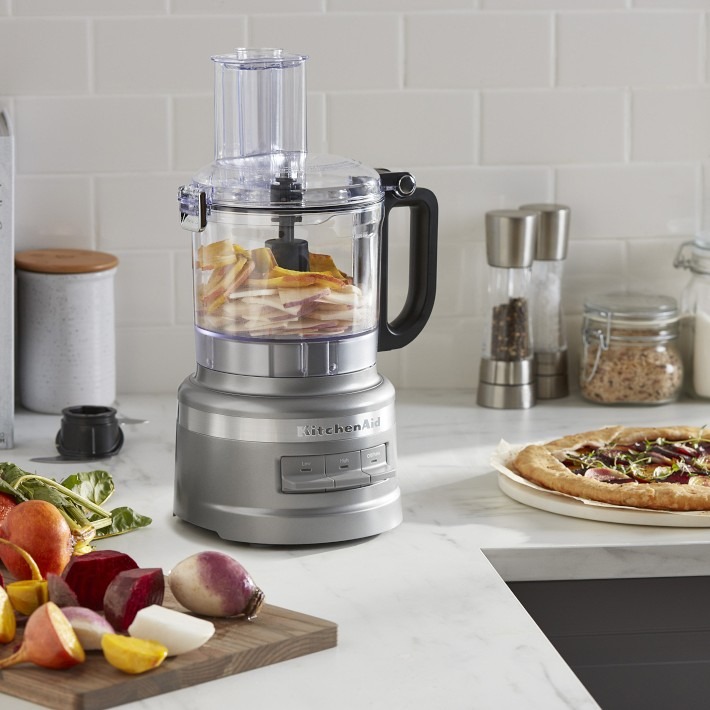
Introduction to Grinding Coffee Beans at Home
Can i grind coffee beans in a food processor? Grinding coffee beans is a crucial step in brewing a fresh and flavorful cup of coffee. Many coffee lovers buy pre-ground coffee for convenience. However, grinding beans at home can enhance the taste and aroma of your coffee. While coffee grinders are the go-to for most enthusiasts, not everyone owns one. This might be because they use single-serve K-cups, pre-ground beans, or it’s simply not in their budget. If you’re faced with whole beans and no grinder, don’t worry. You can still enjoy that perfect cup of coffee using tools you already have.
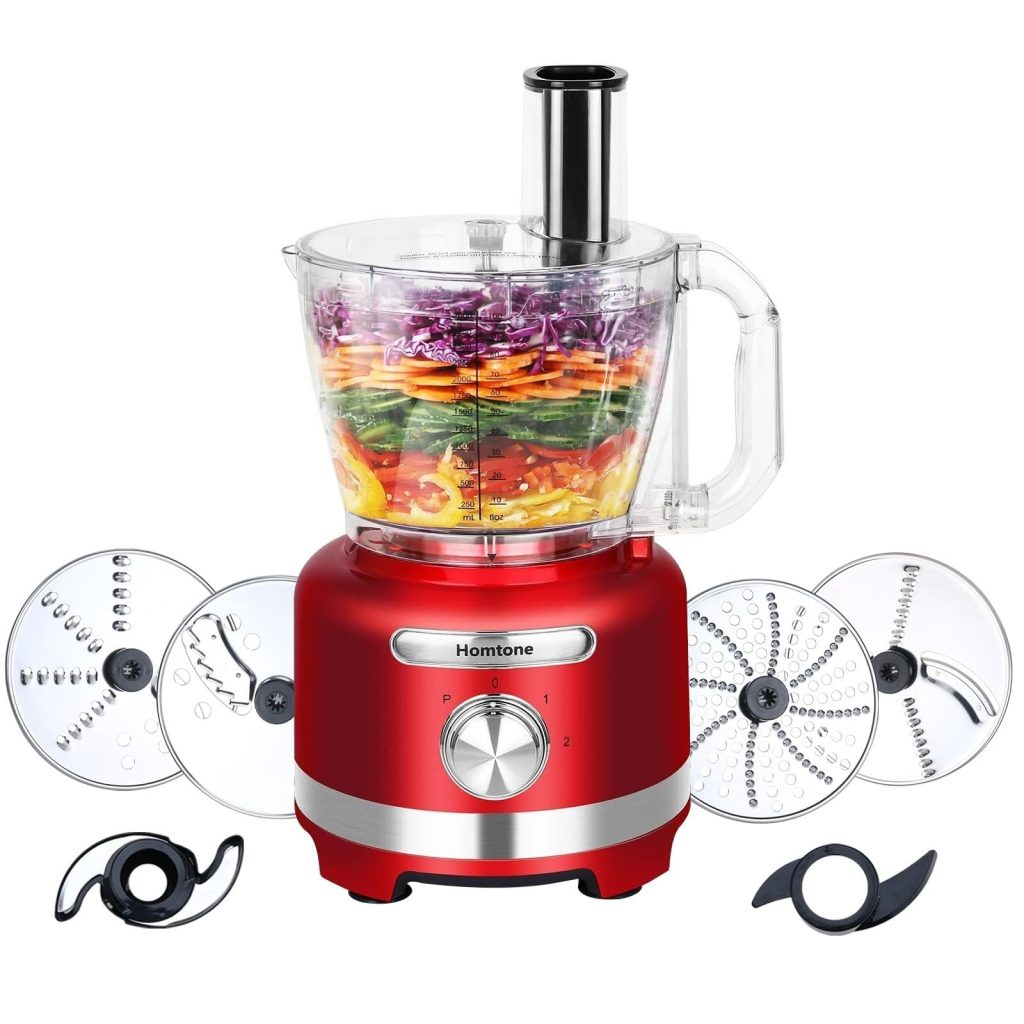
The Convenience of Food Processors for Coffee Grinding
When you’re eager to savor a fresh brew, food processors can be a lifesaver. They’re versatile and almost every kitchen has one. The sharp blades and powerful motor are great for turning beans into grounds. It’s quick, easy, and doesn’t require the investment of a standalone grinder.
Choosing the Right Food Processor for Coffee Beans
Not all food processors are equal for grinding coffee. You need one with strong blades and a pulsing option. Look for a sturdy model that can handle hard beans without strain. The size is also key; too small and you can’t grind much, too big and you may not get fine grounds.
Step-by-Step Guide to Grinding Coffee with a Food Processor
First, measure out your beans. Only grind what you’ll brew to keep the rest fresh. Put the beans into the food processor, secure the lid, and use the pulse button. Start with short bursts to break the beans. Then, continue pulsing until you reach the desired consistency. Be sure to shake the container in between pulses to even out the grind. Remember, you’re aiming for a uniform texture, like sand or salt, not powder.
Alternative Grinding Methods for Coffee Beans
Even without a coffee grinder, you can still prepare your whole coffee beans for brewing. Exploring alternative methods using common household items can be both effective and fun. Below, we delve into different tools that can come to your rescue when a grinder is not around.
Using a Blender for Coffee Bean Grinding
Blenders aren’t just for smoothies. They can double as coffee bean grinders too. If you have a blender with a strong motor and sharp blades, you’re in luck. Here’s how to use it:
- Place your coffee beans in the blender jug.
- Use the pulse mode to chop the beans. This avoids overheating and ensures even grinding.
- Shake the blender gently between pulses to mix the beans.
- Continue until you get the consistency similar to coarse sugar.
Remember, you might not get the same fine grind as with a dedicated coffee grinder.
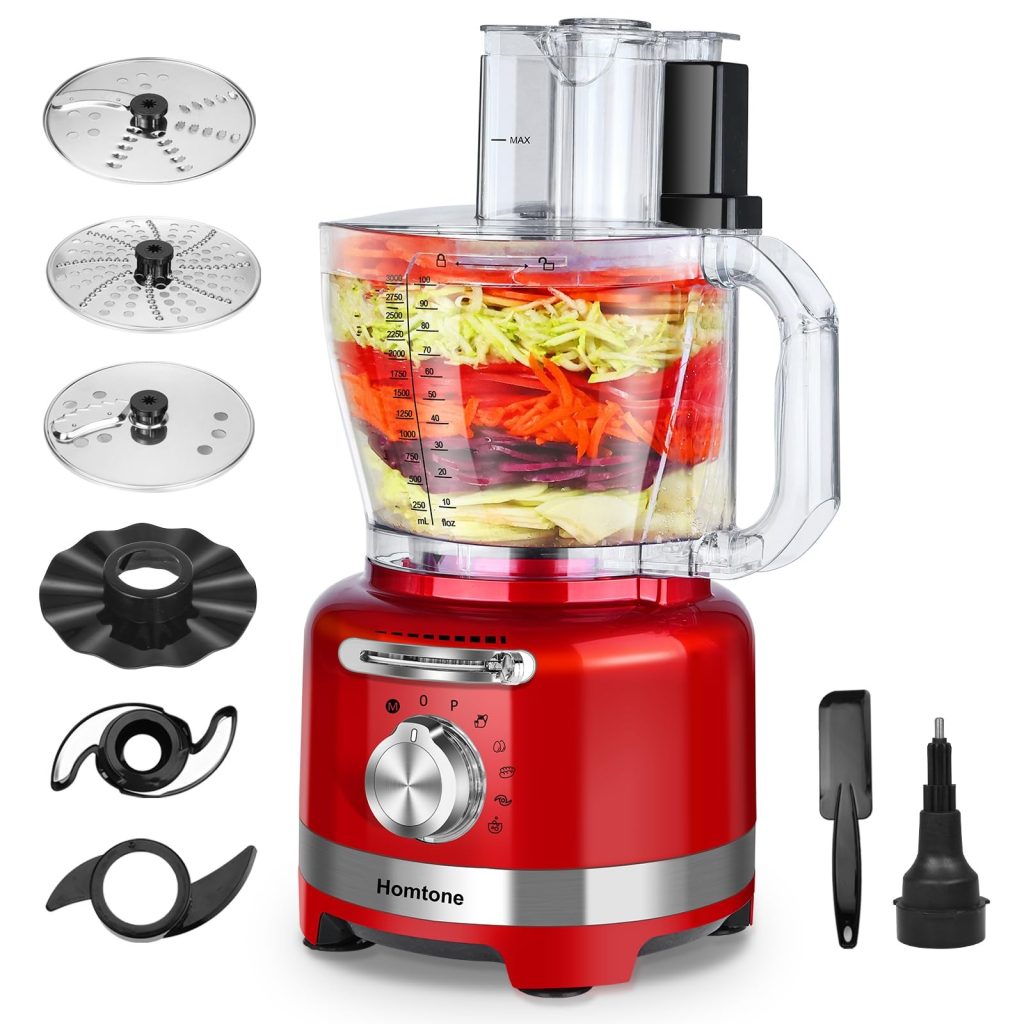
The Traditional Technique: Mortar and Pestle
Mortar and pestle have been used for centuries to grind spices, and they can do the same for coffee beans. Follow these steps:
- Add a small batch of beans to your mortar.
- With the pestle, press and roll over the beans.
- Crush them until all beans are ground.
- This method allows excellent control over the grind size.
It takes effort but can be quite satisfying to grind beans this way.
Handy Kitchen Tools: Meat Tenderizer, Rolling Pin, or Hammer
When all else fails, get creative with what you’ve got. Grab a meat tenderizer, rolling pin, or even a hammer to crush those beans. Protect your countertops and follow these tips:
- Put the beans in a sturdy plastic bag.
- Place the bag on a durable surface, like a cutting board.
- Carefully crush the beans with your tool of choice.
- Check frequently to avoid turning beans into a fine powder, unless that’s your goal.
No matter which method you choose, you can achieve a decent grind for a delightful fresh brew. Experiment with these alternatives and find your perfect match for that next cup of coffee.
Tips for Achieving the Perfect Grind Consistency
When using a food processor to grind coffee beans, achieving a consistent grind is key. To improve your chances of getting it right, consider these practical tips:
- Use fresh beans for the best flavor. Old beans may not grind as evenly.
- Only grind enough beans for your immediate needs to maintain freshness.
- Pulse in short bursts to prevent beans from overheating and becoming bitter.
- Shake the processor between pulses to distribute the beans and avoid uneven grinding.
- Check the grind often. Stop when you get the right size for your brewing method.
- Aim for a medium grind for most brewing methods. Adjust as needed for specific tastes.
- Remember, a fine grind suits methods like espresso, while coarser grinds are better for French presses.
With these tips, you can get closer to the perfect grind consistency, reminiscent of what you might achieve with a traditional coffee grinder. Once you’ve mastered the technique, you’ll find that your home-brewed coffee has a fresher, more robust flavor, enhancing your daily coffee experience.
Cleaning and Maintenance After Grinding Coffee
After grinding coffee beans in a food processor, proper cleaning is vital to maintain its performance. Here are simple steps to ensure it stays in top shape:
- Unplug the food processor and disassemble the parts.
- Remove any leftover coffee grounds from the bowl and blades.
- Wash the removable parts with warm, soapy water.
- Rinse thoroughly to remove soap residue.
- Air-dry the parts, or use a clean towel to dry them quickly.
- Wipe down the motor base with a damp cloth. Be careful with water near the motor.
- Reassemble the food processor once all parts are dry.
Regular maintenance also involves checking for wear and tear, especially on the blades. If your food processor blades become dull, they might not grind effectively. Depending on your model, you may need to replace the blades or get them sharpened.
Also, make sure to clean the food processor after each use. Coffee oils can build up over time and affect the taste of other foods. A thorough cleaning keeps flavors fresh and separates.
Why Consider a Dedicated Coffee Grinder?
Adventurous coffee drinkers may use alternative methods to grind beans when needed. Yet, owning a dedicated coffee grinder deserves consideration. The precision and consistency it offers can elevate your coffee experience.
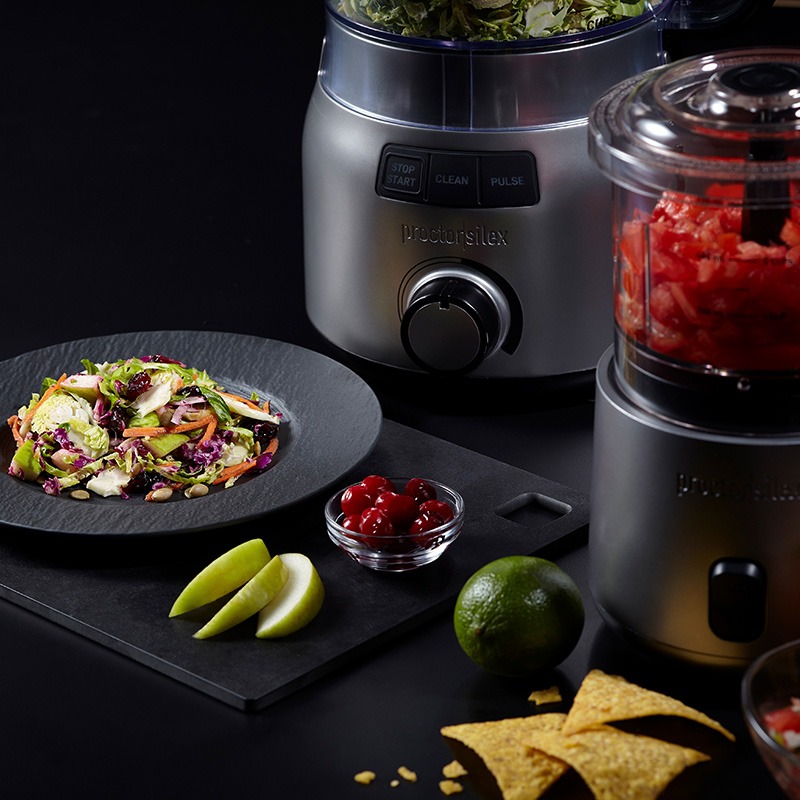
Investment Value of a Coffee Grinder for Enthusiasts
For coffee enthusiasts, buying a coffee grinder is a sound investment. It can improve your morning routine. A good grinder offers multiple settings for different brewing methods. This results in a more consistent grind. Consistency is crucial for extracting the full flavor of your beans. While the upfront cost may be higher than other methods, the long-term benefits are substantial. A coffee grinder preserves the beans’ oils and aroma. It also ensures you get a fresh taste every time you brew. Over time, the grinder pays for itself, as you enjoy better coffee at home instead of buying from cafes.
Coffee Grinders vs. Food Processors: Comparing the Results
While food processors can grind coffee in a pinch, they don’t match a coffee grinder’s results. Grinders are designed specifically for coffee, offering a more uniform grind. This is important because uneven coffee grounds can lead to uneven extraction. That means your coffee might taste too bitter or too weak. Food processors can also overheat the beans, affecting their flavor. Additionally, the oils from coffee can impact other foods you prepare in the food processor. If coffee is an essential part of your day, consider a coffee grinder for the best flavor and consistency.
